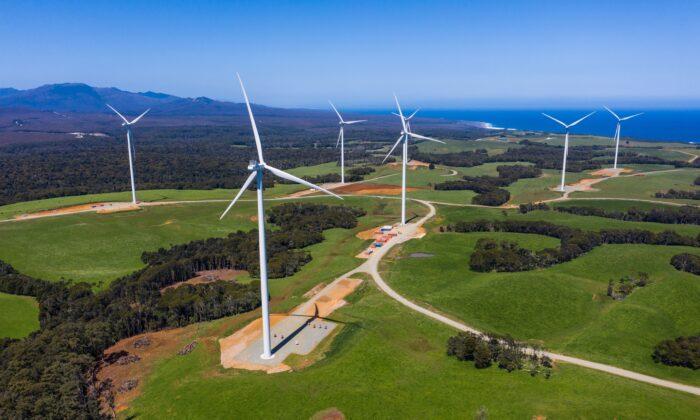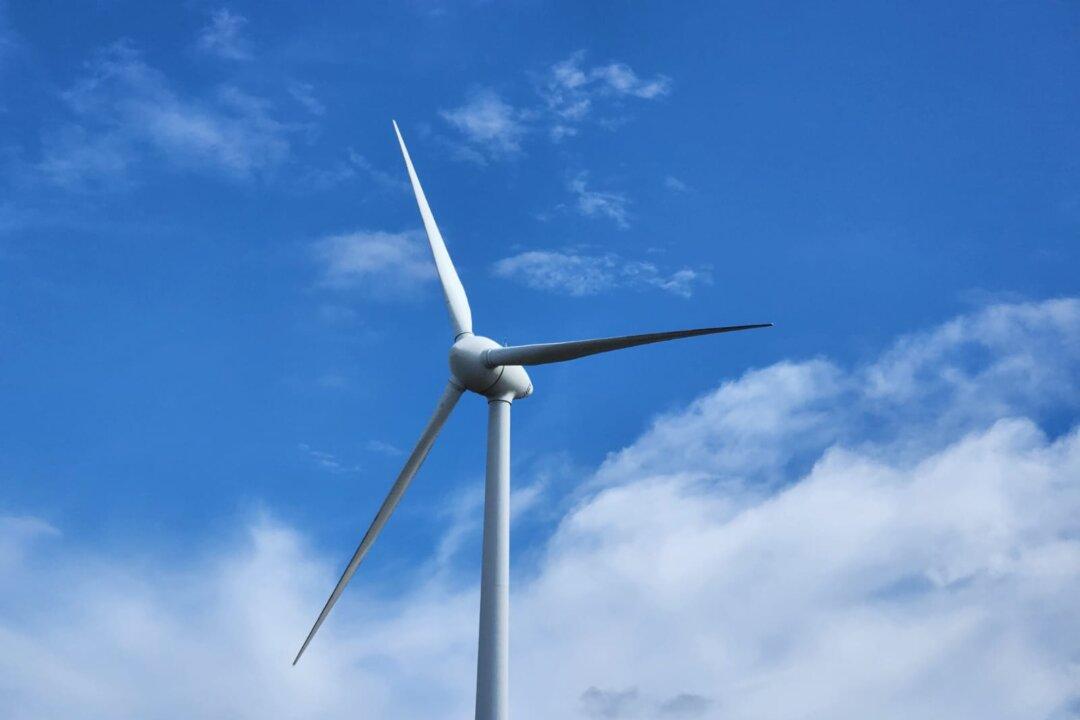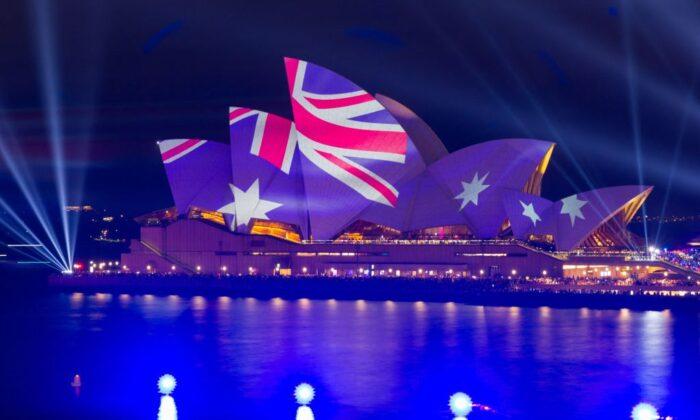Australia is the latest country to join the Global Offshore Wind Alliance, which plans to ramp up the development of the world’s wind power industry.
Together governments and companies aim to create at least 380 gigawatts of global offshore wind capacity by 2030 through knowledge-sharing and opening up new development sites for turbines.
“Australia is starting this industry from scratch, and we stand to benefit from combining efforts with the Global Offshore Wind Alliance to bolster the development of this industry and the employment opportunities it will bring,” said Chris Bowen, the Australian Labor government’s climate change minister.
Countries like Belgium, Colombia, Germany, Ireland, Japan, the Netherlands, Norway, the United Kingdom, and the United States only recently joined the alliance while convening at the COP27 meeting in Sharm El-Sheikh in Egypt.
The group was launched in September by the International Renewable Energy Agency (IRENA), the Global Wind Energy Council, and the government of Denmark.
IRENA and the International Energy Agency estimate wind turbines globally will need to produce 2,000 gigawatts of electricity by 2050—it is currently producing 60 gigawatts—to limit global temperature rises to 1.5 degrees Celsius, as well as achieve net zero.
Net Zero Carries Its Own Risks
Labor has pushed its renewable energy agenda since winning office in May 2022, including legislating net-zero into law and budgeting billions toward new renewable energy development and rolling out electric vehicles.The Albanese government also has a goal for 82 percent of the electricity grid to be powered by renewables by 2030—coal-fired power currently accounts for around 64 percent of generation.
The speed of the push has triggered concerns around the sustainability of the grid, soaring energy prices, and whether it really is as “environmentally friendly” as suggested.
Turbines have an average life span of 20 to 25 years and are getting bigger. However, governments and businesses have yet to find a way to properly dispose of them. Only around 30 percent of a wind turbine can be recycled (at great cost), with most being buried in landfills.
SnackBrands revealed its current gas bill has tripled from $3 million (US$2 million) to $9 million (US$6 million), while its electricity bill has increased from $2 million to $3 million, but that’s only because of a long-term contract in place keeping prices low.






Friends Read Free